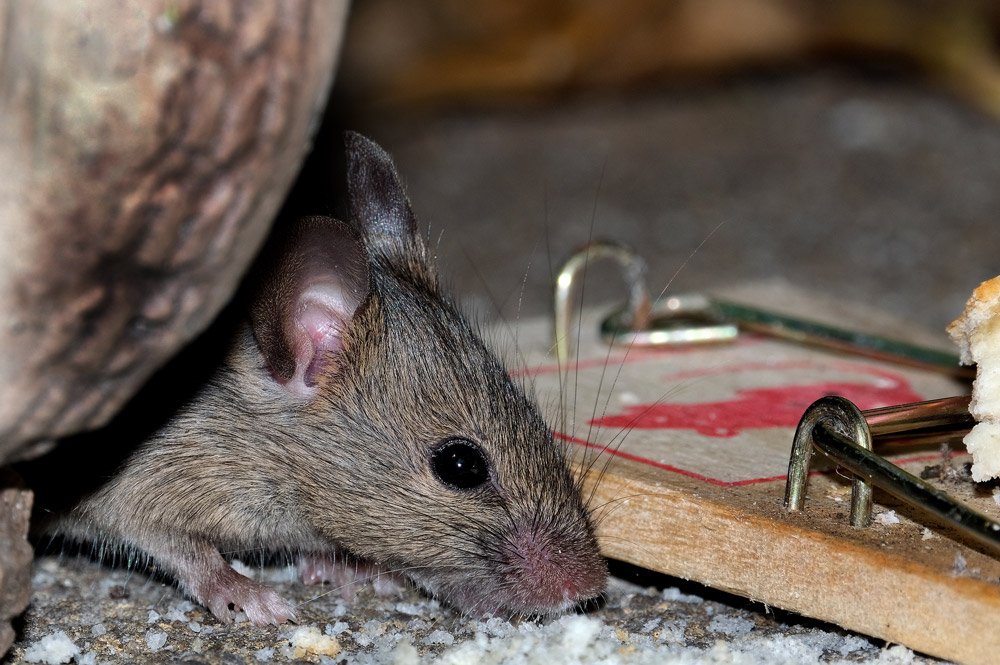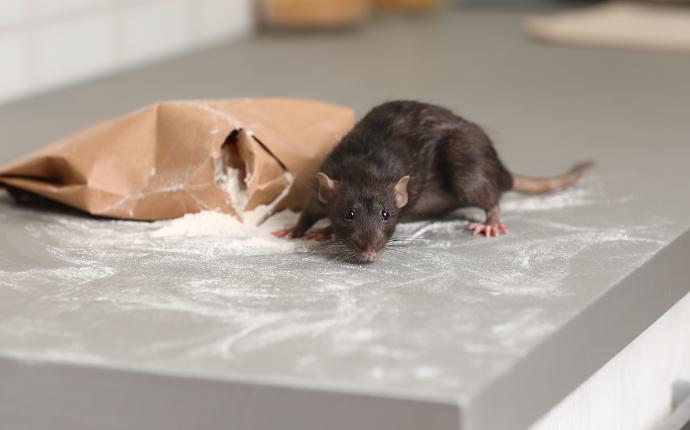DIY Pest Control for Landlords: Essential Guide
Share
As a landlord, maintaining a safe and comfortable environment for your tenants is of utmost importance. One of the major responsibilities includes managing pest infestations, which can significantly affect the living conditions of your rental property. With the right DIY pest control for landlords strategies, you can effectively manage and prevent pest issues, ensuring tenant satisfaction and property value preservation.

Why DIY Pest Control is Crucial for Landlords
Dealing with pests is not only a nuisance; it can also lead to significant property damage and potential health risks for tenants. For landlords, investing in DIY pest control can be a cost-effective way to manage these challenges without always resorting to professional services. By understanding the basics of pest control, landlords can tackle minor infestations before they escalate, saving on costly extermination services and maintaining a positive reputation among tenants.
Identifying Common Pests in Rental Properties
Before implementing any DIY pest control measures, its essential to identify the type of pests that are common in rental properties. Some of the most prevalent pests include:
1. Rodents
Rodents, such as mice and rats, are notorious for causing structural damage and posing health risks through the spread of diseases. They often seek shelter indoors during colder months, making regular inspections crucial.
2. Cockroaches
Cockroaches thrive in warm, humid environments and can quickly multiply if left unchecked. They are known to trigger allergies and asthma, making it essential to address any signs of infestation promptly.
3. Bed Bugs
Bed bugs are particularly challenging to eradicate once they infest a property. Regular inspections and preventive measures are vital to avoid their spread.
For more insights on handling bed bug infestations, check out this article on preventing Airbnb bed bugs.
Effective DIY Pest Control Strategies
Once youve identified the pests, the next step is implementing effective DIY pest control strategies. Here are some actionable steps landlords can take:
1. Regular Inspections
Conducting regular inspections of your property can help identify potential pest entry points and signs of infestations early on. Look for cracks, holes, and other openings that pests might exploit.
2. Proper Waste Management
Ensure that waste is properly disposed of and that garbage bins are tightly sealed. Pests are often attracted to food waste, so keeping your property clean and waste-free is crucial.
3. Use of Natural Repellents
Utilizing natural repellents, such as peppermint oil for rodents and diatomaceous earth for insects, can be an effective and eco-friendly way to deter pests without harsh chemicals.
For additional tips on pest management in rental properties, visit monthly pest control for short-term rentals.
When to Call Professional Pest Control Services
While DIY pest control is effective for minor issues, there are instances when professional intervention is necessary. If you encounter a severe infestation or if your DIY methods prove ineffective, its crucial to seek professional pest control services to ensure the safety and comfort of your tenants.
Handling Tenant Complaints
Responding promptly to tenant complaints about pests is vital. It not only demonstrates your commitment to providing a safe living environment but also prevents small issues from becoming major problems. For guidance on dealing with tenant complaints, read about Airbnb guest complaints about pests.
Preventive Measures for Long-Term Success
Implementing preventive measures is key to long-term success in managing pests. Educate your tenants on best practices for pest prevention, such as keeping their living spaces clean and reporting any signs of pests immediately.
Regular Maintenance
Routine maintenance, such as sealing entry points and ensuring proper ventilation, can significantly reduce the risk of pest infestations. Regular maintenance checks also help in identifying potential issues before they escalate.
For more on maintaining pest-free rental properties, explore vacation rental pest inspection.
Conclusion
Effective DIY pest control for landlords involves a combination of vigilance, regular inspections, and proactive measures. By understanding common pests and implementing strategic control methods, landlords can ensure a safe and pleasant living environment for their tenants. Remember, while DIY methods are valuable, dont hesitate to seek professional help when necessary to keep your rental property pest-free.

FAQs
1. What are the most common pests landlords should be aware of?
Landlords should be vigilant about pests such as rodents, cockroaches, and bed bugs, as these are common in rental properties and can cause significant issues if not addressed.
2. How often should landlords conduct pest inspections?
Its recommended that landlords conduct pest inspections at least quarterly. However, more frequent checks might be necessary if the property is located in an area prone to pest problems.
3. Are natural pest repellents effective for DIY pest control?
Yes, natural repellents can be effective, especially for minor infestations. They offer a chemical-free way to deter pests and are an excellent option for landlords looking for eco-friendly solutions.
